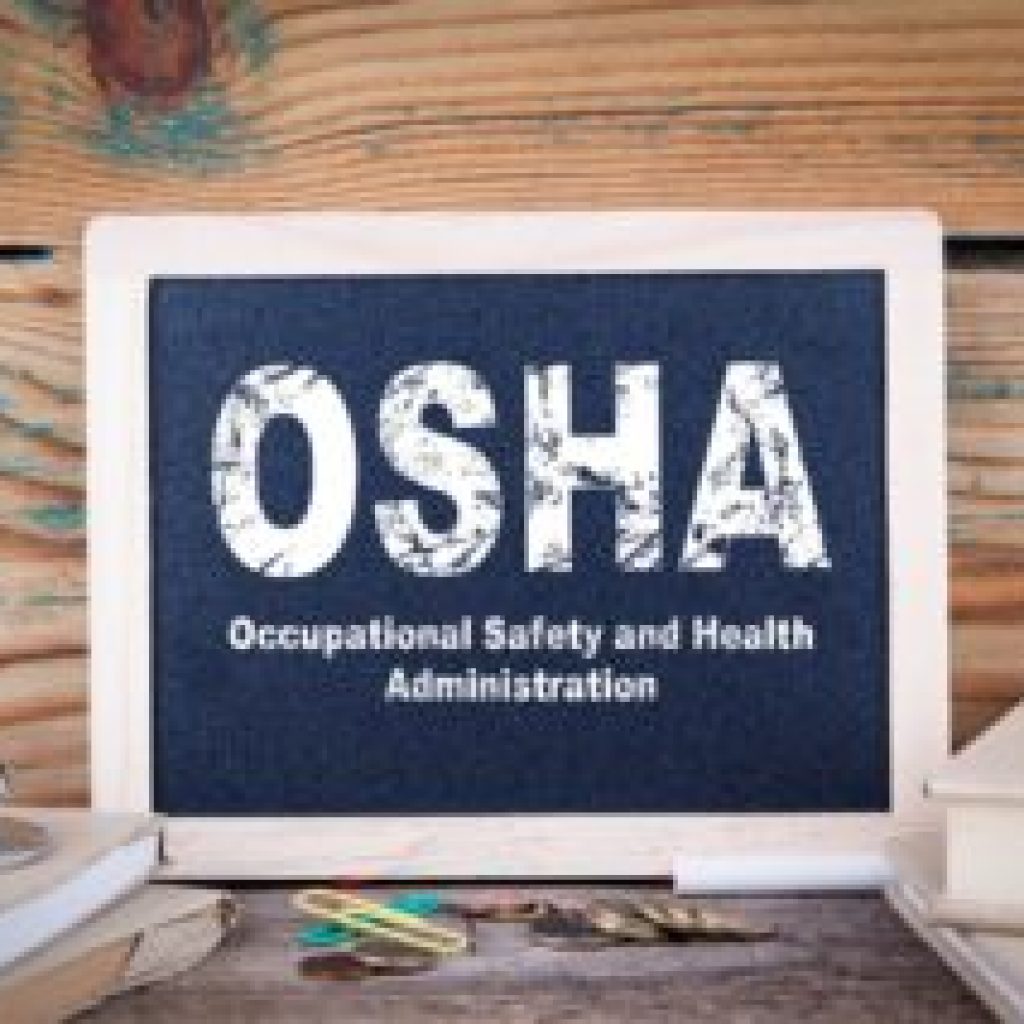Another Update from the 2019 ABA Occupational Safety and Health Law Committee Midwinter Meeting
By Brent I. Clark, James L. Curtis, Joshua M. Henderson, Patrick D. Joyce, and Daniel R. Birnbaum
 Seyfarth Synopsis: Seyfarth Shaw’s OSHA/MSHA group is at the ABA’s Occupational Safety and Health Law Committee Midwinter Meeting this week. Today we heard remarks from a panel who discussed the general duty clause at length, a panel on safety concerns during emergency response, a panel that discussed the interplay between workers’ compensation, reportability, and recordability, and a panel on issues arising from OSHA inspections.
Seyfarth Synopsis: Seyfarth Shaw’s OSHA/MSHA group is at the ABA’s Occupational Safety and Health Law Committee Midwinter Meeting this week. Today we heard remarks from a panel who discussed the general duty clause at length, a panel on safety concerns during emergency response, a panel that discussed the interplay between workers’ compensation, reportability, and recordability, and a panel on issues arising from OSHA inspections.
We are attending the ABA Occupational Safety and Health Law Meeting this week in San Juan, Puerto Rico. Present are representatives from the OSH Review Commission, the MSH Review Commission, and the Solicitor’s Office.
Continuing on the themes from yesterday’s conference meetings, a panel discussed at length OSHA’s aggressive enforcement of workplace safety issues through the general duty clause as well as recent OSH Review Commission case law questioning OSHA’s broad interpretation of its powers under the general duty clause.
The panel, which consisted of a management, union, and government representatives, emphasized the ideological differences between employers and the government when it comes to 5(a)(1) citations. Panelists who represented the government and unions insisted that the purpose of the general duty clause is to fill the gaps when a specific standard does not exist. The management panel, however, stressed that the general duty clause should be used to address unique, specific hazards. More importantly, the general duty clause should not be used as a replacement for rulemaking of specific standards.
Speaking on recent general duty cases that concerned heat-illness, workplace violence, and grease fires at a restaurant, the panelists discussed common themes. The management representative stressed that employers must be provided with appropriate notice of what OSHA may consider to be proper abatement. Specifically, if an abatement method may be inadequate, OSHA should notify the employer of the fact before an accident, rather than afterwards. The panelist reminded the audience, which included OSHA representatives and Review Commission judges, that the purpose of the general duty clause is to prevent an injury from occurring, rather than punish an employer after an accident occurs. As such, when one aberrational situation occurs, the employer should not be punished for an abatement method that was otherwise effective in practice.
The government and union representatives strongly disagreed, noting their stated position that an accident does not have to occur for a violation to exist. Further, when employers implement abatement methods to address issues such as heat-illness or workplace violence, this is evidence that the employer has notice of a hazard and needs to make sure its abatement efforts are effective.
Ultimately, the panel was a microcosm of the attitudes held by employers and the government across the country, and reflected the ongoing ideological differences in interpreting and enforcing the general duty clause between management and OSHA.
We also heard from a panel on the role of safety in emergency response, which included the division counsel from Puerto Rico OSHA, who discussed his personal experience with Hurricanes Irma and Maria. The Puerto Rican panelist noted that when disaster strikes, it becomes increasingly difficult to reestablish working conditions without creating some workplace risk. OSHA representatives noted that in such situations it would shift its focus from enforcing the act to providing technical assistance, but retained the right to enforce the act if necessary.
A panel discussed the interplay between recording injuries on OSHA 300 forms, reporting injuries to OSHA, and workers’ compensation. The panel discussed the intricacies of the OSHA regulations and workers’ compensation laws, including differing definitions and requirements, and the close analysis required to determine what is required of employers when these three areas collide. Given the facts of an injury, a universal approach in these three areas may not be appropriate, but rather a thorough review of each regulation is necessary to ensure employers meet their obligations.
Finally, a panel discussed current issues related to conducting inspections including OSHA’s ability to obtain administrative warrants, whether non-employee representatives can be authorized to participate in a walk around inspection, whether non-management employees have the ability to request representation during an interview, and OSHA’s subpoena power and the scope of attorney representation of the subpoenaed employee during the interview. Finally, the panel discussed OSHA’s recent use of drones during inspections, including interaction with FAA regulations and the safety of people on the ground.
For more information on this or any related topic please contact the authors, your Seyfarth attorney, or any member of the Workplace Safety and Health (OSHA/MSHA) Team.

